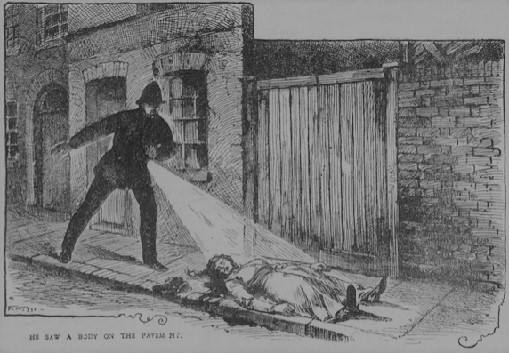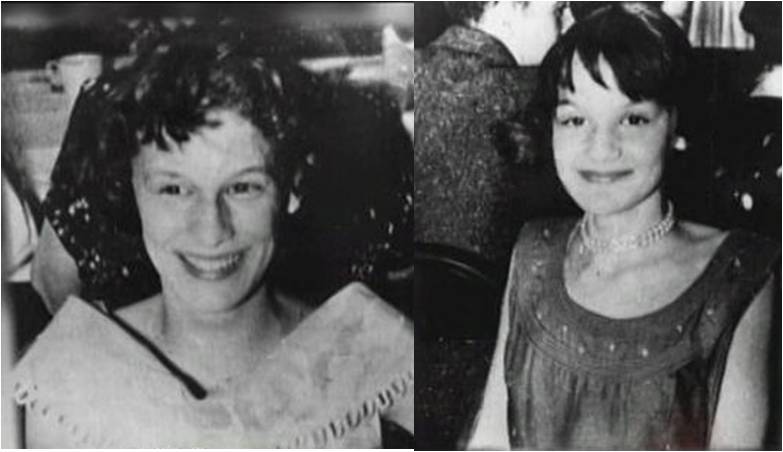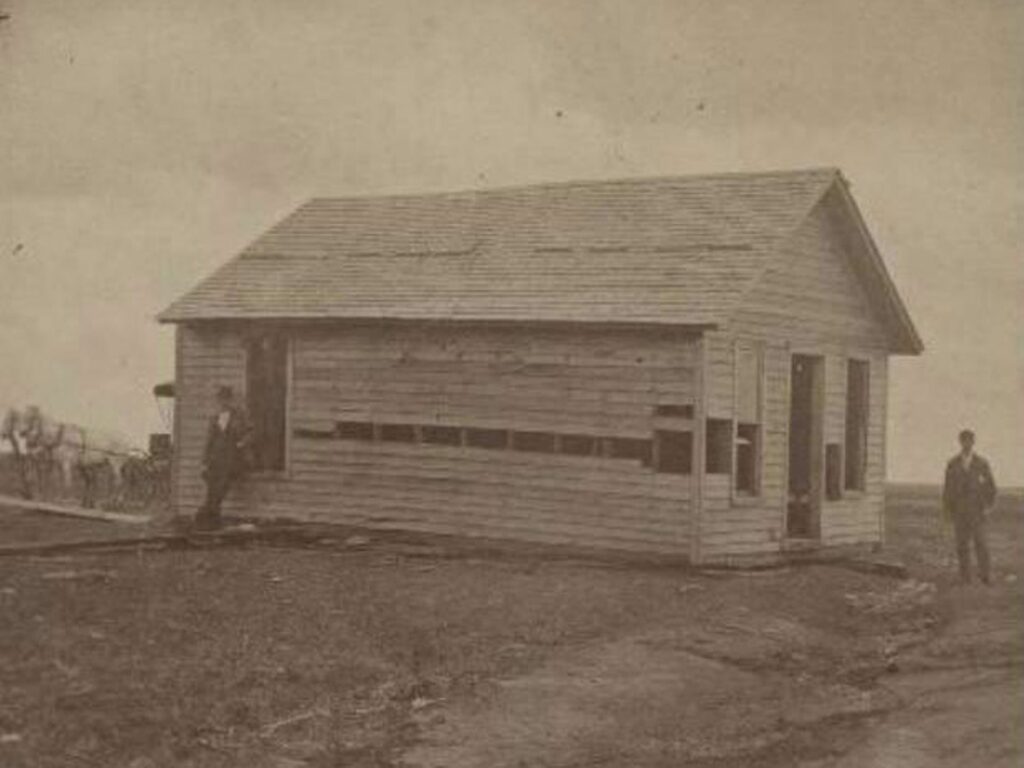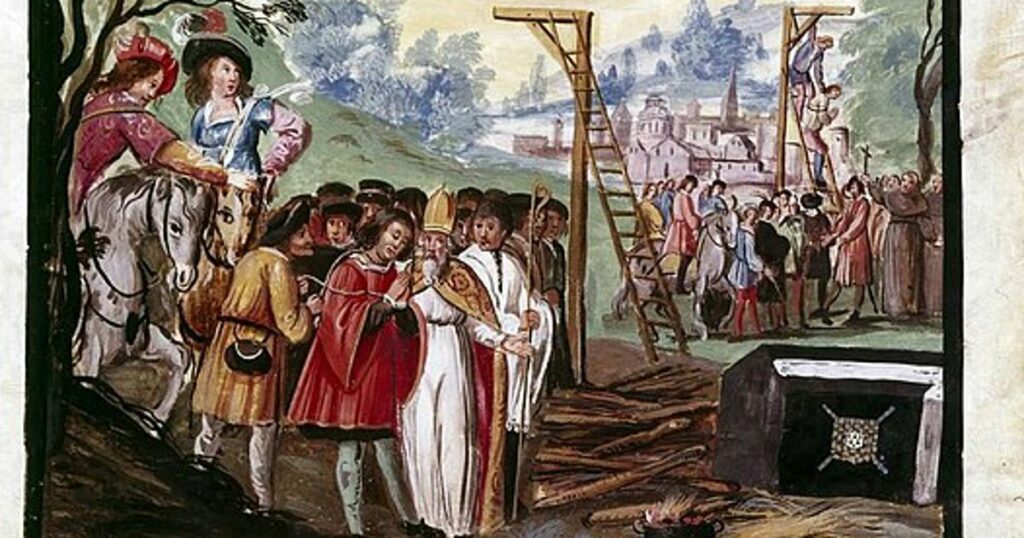Many cold case files throughout history will likely never be solved.
The advent of advanced testing allows the number of unresolved and unexplained crimes to diminish greatly over the years. That does not mean that many of the most confusing and strange crimes will ever be solved.
Unsolved crimes spark curiosity in the public eye. It is human nature to want to know why something has happened. For some of us, there is an element of fear behind the information that is not known about a crime.
If cold case files and unsolved crimes excite you, this article will be a fun review of the unsolved crimes that we might never have the answers to.
Unsolved Crimes That Might Never be Resolved
1. Jack the Ripper
This cold case file is so famous that numerous movies have been made about it. The name, Jack the Ripper, is a well-known part of popular culture and in the horror and Halloween industries.
The events of the Jack the Ripper case date back to 1888. But the stark horror of the crimes made the case continue to resonate despite the many years that have elapsed since this gruesome crime took place.
The industrial era in England was a time of prosperity for a handful of wealthy people. On the other hand, it was a notably dangerous and sorrowful time for people without wealth.
The industrial era had reduced skilled labor to a thing of the past. Many people barely scraped by. They were earning a pittance at local factories from each twelve or fourteen-hour shift that they were able to complete. With industrial work being physical, dangerous, and sometimes scarce, many women became prostitutes to survive.

In 1888, Whitechapel was one of the worst slums in England. It was here that many of the light skirts, or ladies of the night, offered their wares to customers.
Jack the Ripper was only credited with 5 of the 11 murders of prostitutes that took place in 1888 in Whitechapel. But the gory and graphic nature of the killings made them stand out above all the rest.
Due to the surgical precision of the dismemberment of the bodies, it is believed that Jack was someone with surgical knowledge, perhaps a doctor.
There were various problems with the crime scenes, due in part to the efforts of the police to avoid conflict with various groups living in the Whitechapel district. Messages were erased from crime scene walls, and limited information was shared about the killings.
Witness statements were essential to convictions at this time. But the lack of witness testimony made it essentially impossible for investigators to collect meaningful information about the case or who might have committed it.
Because the case was so sensationalized, everyone in Britain was guessing who the killer was. Popular theories were that the person was a member of the royal family who was engaged in some elaborate cover-up. Or the suspect M.J. Druitt, who had committed suicide after the last murder, might have been the Ripper.
The combination of various factors led to the Jack the Ripper case going cold. There was poor record-keeping on the part of the police. This stemmed from prejudice against the victims as being lower-class people of little merit. There is now likely no chance that there will ever be an answer to who Jack the Ripper was.
2. The Black Dahlia
Elizabeth Short was the victim who became known as the Black Dahlia after her death. She was murdered on January 9th, 1947, and was found in the Leimert Park neighborhood in LA. Rather like the Jack the Ripper case, the gruesome nature of Short’s death made a lingering impression.
The case of the Black Dahlia remains one of the oldest unsolved criminal cases in American History, as well as one of the oldest unsolved cases in Los Angeles County. This was also one of the first major crimes in post-World War II America.
Short’s mutilated body was severed in half and drained entirely of blood. She was washed clean, but her mouth was cut ear to ear in a Glasgow smile mutilation. She was posed like a mannequin laying in the grass. This is what the woman who discovered the body thought she was looking at when she first saw her.
Among the strange details of this case, someone claiming to be Short’s killer called the office of the Examiner on January 21. He told James Richardson, the editor of the paper, that he had planned to turn himself in. But not before he was pursued by the police for a time. The mystery caller also promised to send evidence to Richardson within a few days.

They said they would send in the envelope with Short’s possessions. A manila envelope did arrive at the Examiner’s office with Short’s birth certificate, some business cards, photographs, and an address book that had the name Mark Hansen on the cover. The police tried to lift fingerprints off the envelope and the items inside of it without luck.
On March 14th, a suicide note was found on a pile of men’s clothing near the edge of the ocean on Breeze Ave in Venice. The note claimed that the person who left it was guilty of the killing but was too cowardly to turn themselves in.
There were some other false leads and more strange correspondence between the mystery caller and the police. No one else emerged as a clear suspect, and no solid leads were turned up.
Over the years, there have been many confessions to the killing that have all turned out to be false. There are still more than 14 possible suspects that have never been accused or cleared of wrongdoing associated with the case.
George Hill Hodel Jr. was on the list of suspects. He was accused by his son of committing several murders and raping his own daughter. He was accused of many crimes and fled the country several times.
This case has endured for generations as one of the most fascinating and confusing criminal cases of all time. The complexity of the case with so many suspects, as well as the eagerness of the public to help solve it, were two huge contributing factors that made its resolution unlikely.
Various movies and books have been written about the case, but no new leads have turned up which would assist in solving the cold case.
3. The Love Me Tender Murders
The killing of the Grimes sisters was a double murder that took place in Chicago in 1956. The two sisters, Barbara and Patricia Grimes, were aged 15 and 12 at the time of their killing.
They were said to have been heading to a Brighton Park movie theater when they disappeared. The murders were named the Love Me Tender Murders because the girls were said to be heading to see this movie when they vanished.
The disappearance of the girls initiated one of the largest missing person searches in the history of Chicago. The girls would turn up again on January 22 in 1957, naked and lying along a deserted road in Willow Springs.

The autopsy showed that they died within five days of their abduction. But many people came forward stating that they had seen the girls in the weeks since their abduction on December 28th.
Nearly 300,000 people were questioned in connection with the case, leading to some confusion related to locating a suspect. Two arrests and charges were brought forth, but the accusations collapsed.
There was some promise in eyewitness testimony that indicated that the girls had been seen talking to a young man who looked like Elvis at the theater before getting into his car.
The crime scene was severely compromised because they initially allowed all kinds of access to the road and the site. The curious onlookers walked across nearly all of the surfaces of the scene of the crime.
Even though there were wounds on the bodies of the girls, it turned out that they died of exposure. The wounds were said to be caused by wildlife after their death. There were signs of possible sexual assault and bruises on the face of one of the girls. However, even these details were disputed by other experts involved in the case, leading to yet more confusion.
There was no clear conviction ever made related to the case. The girls’ mother insisted for the rest of her life that her children would never have gotten into the car of someone that they didn’t know. She believed that the person who committed the crime was someone that they knew, but no strong leads were ever discovered in that direction.
The case was reopened by the girls’ younger brother James Grimes, in 2013. There was some evidence that self-confessed child killer Charles LeRoy Melquist was the killer of the girls. He was a suspect in the original case’s investigation. A West Chicago police officer named Raymond Johnson began a personal investigation into this lead, but without success.
The girls’ mother received two calls from the supposed murderer of the girls. One in May of 1957, and another after the body of Bonnie Leigh Scott was discovered. Without modern phone tracing technology, the caller was not identified. But the person told Loretta Grimes that he committed another “perfect crime”, which indicated that he was taking credit for this murder.
There was a highly-publicized manhunt related to this case and there were a vast number of leads related to it. Despite this, there was never any firm evidence to be pursued to solve the murder. The Grimes sisters’ deaths are shrouded in a cacophony of evidence.
False or possibly real sightings of the girls followed their disappearance. The confusion of multiple confessions all proved false. Like so many cold case files, the vast array of leads and the widespread amount of information collected related to the case made it very hard to assess which facts, if any, have any merit.
Cold Case Files Intrigue Us All
The nature of cold case files and unsolved crimes has been and continues to be a popular discussion and point of focus.
We want to have the answers for everything so that we can feel safe and so that we can feel secure in our understanding of the world as we know it. There is a lure toward solving the unknown.
Murders that are high profile, like these cases, cause concern and sadness. They also highlight social ills and the distressing and fragile bond between mental health and the random chance that this kind of crime can occur to innocents just going about their daily life.
It is increasingly unlikely that these kinds of crimes will remain unsolved. But older mysteries like these might never be resolved due to the lack of scientific evidence collection and testing that were available for use at the time.
Unsolved crimes can suddenly become solved crimes, even far into the future, but the age of these cases and the lack of surviving witnesses make it unlikely that any further information will ever be known about the people who committed these acts.
References
Ely, Annalise. “Cold Case Files: Jack the Ripper.” PSU.edu, 5 Feb. 2021, https://sites.psu.edu/annaliseblog/2021/02/05/cold-case-files-jack-the-ripper/. Accessed 3 May 2023.
FBI. “Black Dahlia.” Fbi.gov, https://www.fbi.gov/history/famous-cases/black-dahlia. Accessed 3 May 2023.
Pollard, Rachel. “Death by Gaslight: The Infamy of Jack the Ripper.” Academic.mu.edu, https://academic.mu.edu/meissnerd/theripper.html. Accessed 3 May 2023.
PSU. “Cold Case Files: The Grimes Sisters.” PSU, 6 Mar. 2021, https://sites.psu.edu/annaliseblog/2021/03/06/cold-case-files-the-grimes-sisters/comment-page-1/. Accessed 3 May 2023.
Wikipedia. “Black Dahlia.” Wikipedia, https://en.wikipedia.org/wiki/Black_Dahlia. Accessed 3 May 2023.
Wikipedia. “Murder of the Grimes Sisters.” Wikipedia, https://en.wikipedia.org/wiki/Murder_of_the_Grimes_sisters. Accessed 3 May 2023.

